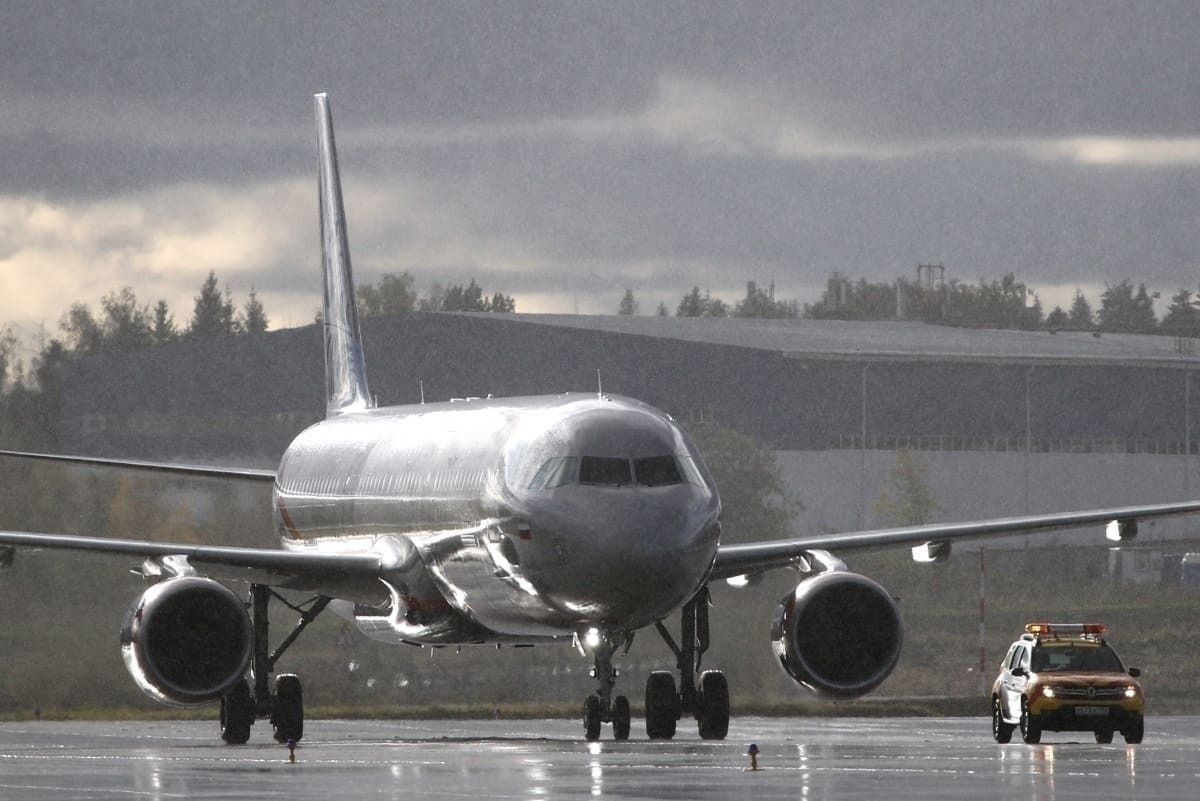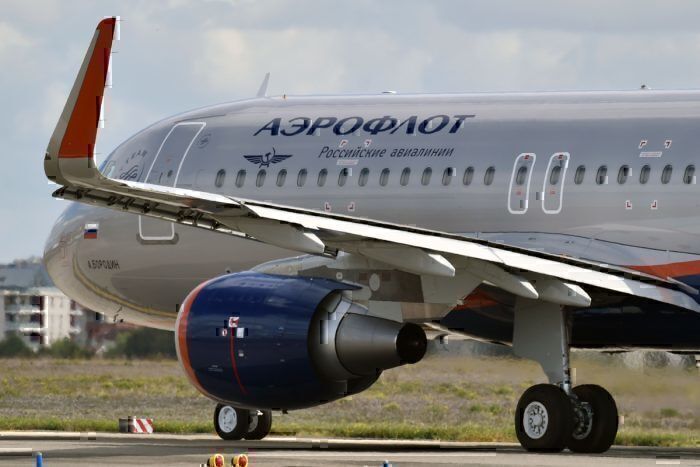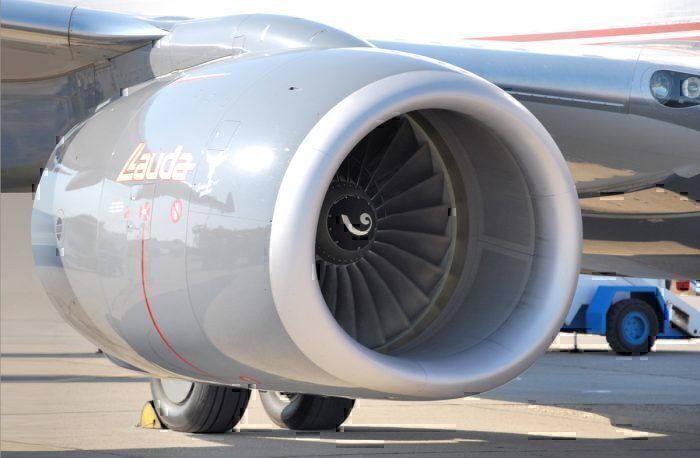Just before midnight on Sunday, Aeroflot flight SU1741 from Sochi made an emergency landing at Moscow’s Sheremetyevo International Airport. It had suffered an engine failure with about one hour of flight time remaining. The Boeing 737 was carrying 154 passengers and seven crew members. It landed 30 minutes before schedule without incident.
Controlled descent
On Sunday evening at 21.37, Aeroflot flight SU1741 took off from Sochi by the Black Sea for the Russian capital. About one hour and 45 minutes after takeoff, the left CFM56-7B engine’s sensor suffered a malfunction.
As reported by the Aviation Herald, the Boeing 737 initially drifted down from 34,000 to 24,000 feet, then to 20,000 and 18,000, before landing at Sheremetyevo Airport one hour after the initial descent. А representative for the regional emergency services told RIA Novosti that the plane landed without incident at 23:47.
The aircraft, a Boeing 737-800 with registration number VP-BRF, is seven years old and has seating capacity for 158 passengers. It is named after the Russian puppeteer Sergey Obraztsov, who is credited with having established puppetry as an art form in the Soviet Union. According to FlightRadar24, at the time of writing, it still remains on the ground at Sheremetyevo. Aeroflot has 47 Boeing 737s in its fleet.
Engine failure for A321 in October
In October last year, one of the airline’s Airbus A321s, of which it has 33, also made an emergency landing at Sheremetyevo. This happened after its crew had to shut down the right engine just as the plane was about to reach cruising altitude.
The nearly seven-year-old aircraft with registration number VP-BOC, named after children’s book author Sergey Mikhalkov, was heading to London with 120 passengers. It was forced to turn around and landed back at its origin 55 minutes after stopping the climb. The engines on this plane are also CFM56s but of the 5B model.
The CFM56 engine
The engine in question, the CFM56, is manufactured by CFM International, a joint venture between GE Aviation, a division of General Electric of the US, and Safran Aircraft engines, a division of Safran of France. This joint venture has so far delivered 30,700 engines and has another 13,700 in backlog.
CFM56-5Bs power Airbus A320-family aircraft and CFM56-7Bs power Boeing 737NGs. The CFM56 has been involved in other incidents. Among those is Southwest Airlines’ first-ever passenger fatality when debris penetrated a cabin window aft of the wing following a fan blade coming off in April 2018.
One of the airline’s Boeing 737s was heading to Dallas-Love Field from New York’s La Guardia and passing 32,500 feet when debris from the engine impacted the side of the fuselage. This resulted in loss of cabin pressure and a woman dying from her injuries sustained from blunt force trauma as she was partially sucked out the window. The aircraft diverted to Philadelphia, where it made an emergency landing with no further injuries.
Have you been on a flight that was forced to land due to engine failure? What was the communication from the flight deck like? Let us know in the comments!



